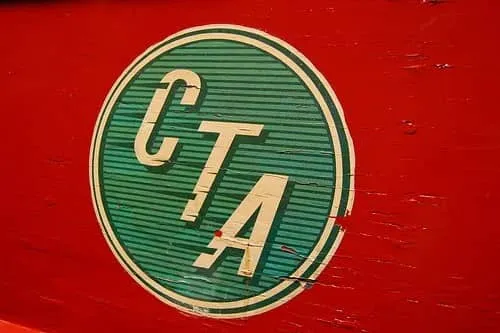
So, your business has developed a decent contact mailing list, which is now receiving your B2B email marketing campaigns and eNewsletters. And you’re having some success with email open rates, but why aren’t your contacts clicking through to the content, or events, or product information you’re promoting? The fault often lies in the ineffectiveness of your Calls to Action.
What can you do to remedy the situation? Here are our Top Ten ways to create calls to action (CTAs) that will work for your emails and your customers:
1. Remember, your CTA has 3 key elements to consider:
i) the ACTION you want the reader to take
ii) the WORDS you use to issue the call
iii) the DESIGN to highlight the CTA
2. Express the CTA clearly
Once you know the action your email message should inspire, you must design the call so that it tells the reader what to do and the benefit it will bring, answering the “what’s in it for me?” question.
3. Location Matters
Try to ensure that principle CTAs are above the fold and high enough to be seen without scrolling. Just because they are near the top does not mean they can’t be repeated at the bottom and side also. Consider a side bar with images, copy and links illustrating your key CTAs; for instance, a “download now” CTA with an image of your latest eBook or white paper.
4. Words Matter
Words matter in B2B calls to action. They should combine with the context they are set in to communicate what the recipient should do, where they will go and why they should go there. Active verbs in CTAs – like “Find out more” typically get more clicks than CTAs with less active verbs like “Read on”.
5. Content Matters
Think about your B2B content marketing resources/supporting material where the CTA could be supported with an image? Microsite, Factsheet, Video, Webinar, eBook, Podcast... If recipients don’t want the images they will be set up for plain text.
6. Clear Directions
The wording of a linked CTA should tell the recipient one or more of the following: What they should do? Where they will go? Why they should go there? As on landing pages, the best email CTAs are simple and concise, communicating answers to all three of these questions in as few words as possible.
7. Lavish Links Liberally
The CTA must be a clickable link but should not be the only path to the desired outcome. People will click on domains, product names, images, etc within the body copy just as they’ll click on the CTA at the end of the copy. Giving them more options will increase your total ‘click to open’ rate.
8. Use Text to Make CTAs Jump Out
Boldface the CTA to help it catch the eye, especially if you rely on text more than images to tell your story. Boldface makes scanning much easier. CTAs need to stand out, not blend in. Increase the font size of the CTA - don’t shrink it. Make it prominent and obvious. Use white space to offset or highlight the CTA.
9. The missing link
Readers click on logos, pictures and brand names. Make sure they are all hyperlinked because if nothing happens when they click, they may assume the email is broken
10. Image-blocking
Image blocking is a problem, and one that’s going to get worse as more email programs block images by default as a way to protect users against spam and viruses. If your CTA is in an image, and if the image is not displayed, neither is your CTA so make sure you use alt tags and other ways of expressing the CTA.
So there you have it, our “Top Ten Tips” on how to create successful CTAs for email – what are yours? Have we missed anything out?
image by reallyboring

.jpg)
.jpg)
